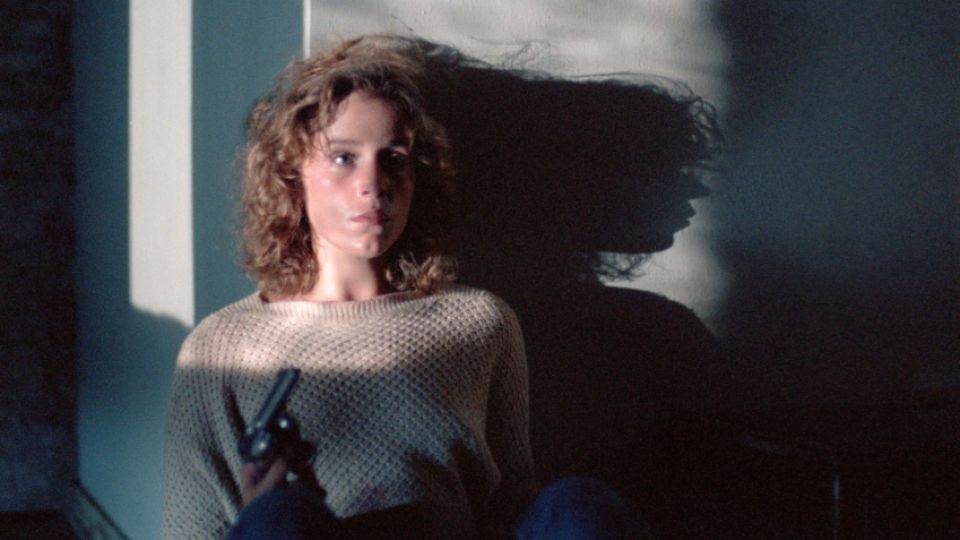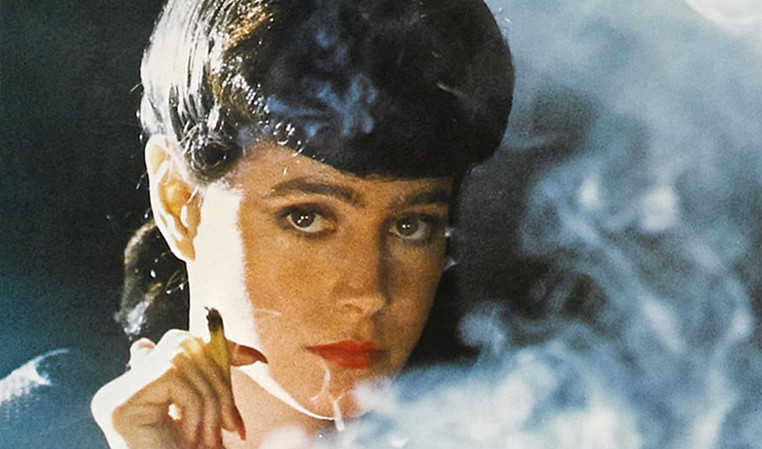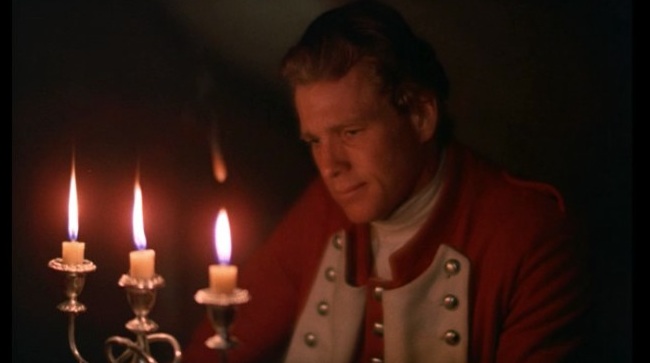5. Persona – Elizabet Comes in at Night (1966)

It’s no secret that Sven Nykvist is one of the greatest directors of photography in cinematic history. You could tell with his first Ingmar Bergman film (Sawdust and Tinsel) that he had a keen eye for all things cinematic.
The crowning achievement of both artists (Persona) exhibits many incredible shots. It still, surprisingly, goes without saying that the best lit scene (amongst many other iconic shots) has to be the moment where actress Elizabet saunters through the various rooms of the cottage that she and nurse Alma are staying at. Her nightgown blends in with the drapes and shadows of the rooms she lingers through, as if she is a ghostly apparition.
This is thanks to the shot encompassing three different locations, all three having their own scales of grey. Wherever Elizabet walks, the impression she makes changes. Is she really there? This scene alone is essential to show to any aspiring cinematographer, because it is a masterclass on how lighting affects its subjects.
4. Blood Simple – Shooting Through the Wall (1984)

As a means of escaping her fate, Abby knocks out a light bulb with her shoe to evade her assassin. She runs around to look for all of her options; each and every attempt narrows down the final outcome, which is how the Coen Brothers and Barry Sonnenfeld made their iconic scene mandatory in all cases. Gunshots blast open through the wall, allowing light to leak into the room Abby is hiding in.
Each subsequent shot allows more light to come in, with the smoke of each shot coursing through all of the rays of light present. These images cut between other well-lit shots, while we are provided with the perspectives of all parties involved. This allows for Abby to be safe within darkness, and the gore around her shown with all intentions. The lighting in this scene from Blood Simple isn’t just artistic: it’s savage.
3. Blade Runner – Meeting Rachael (1982)

The working and poorer classes in dystopic Los Angeles never see the sun or moon underneath the looming towers that have eaten up the entire city. When Rick Deckard finds himself on a higher floor of where Eldon Tyrell lives, we finally see the sun, and everything turns to gold. That’s when Deckard meets Rachael, the ultimate femme fatale of neo noir (a replicant that believes she is human). She marches forward towards Deckard in this sun kissed shrine.
The close ups, the long shots, all of it feels like we are watching a futuristic epic for these few moments. The rest of Blade Runner is drenched in neon lights, reflections from rain, and various shades of blue. This moment sticks out, because it’s one of the very few glimpses of hope we get (as if we are living the nightmare the majority of the characters are).
2. The Tree of Life – The Afterlife (2011)

You knew Terrence Malick and Emmanuel Lubezki would end up here (perhaps even together). We all know which scene was going to show up if The Tree of Life was featured, even though the entire film is a visual splendor. The ending moments where an adult Jack is reunited with the dearly departed (those that are actually gone, and those that will be gone) is one of the most moving cinematic moments of the new millennium.
Much of this has to do with Lubezki’s natural lighting that turns every single frame into a glimpse of the life that may come after ours. With varying degrees of lighting (provided by the sun, or the reflection of the sun on various surfaces), we are introduced to the many portals that our death may lead us to. It’s incredible how much of this sequence is provided by nature, and it’s a quality Malick and Lubezki wanted to showcase the most; sometimes, our eternity can be found here already.
1. Barry Lyndon – Meeting Lady Lyndon (1975)

John Alcott worked together with Stanley Kubrick to permanently change cinematography with the brilliant period piece Barry Lyndon. For the first time, natural light was used for the entire duration of a feature film. It made the daytime scenes beautiful, but we’re not going to focus on those. Instead, we will look at the dark sequences that only had the flames of candelabras to light up its subjects, as those still feel miraculous to this day.
The best case is when Redmond Barry meets Lady Lyndon for the first time during a game. The sepia-soaked scene is one of the great examples of how every single frame of Barry Lyndon looks like a renaissance painting (try pausing the film at any moment and proving me wrong). Even the preceding moment where Barry meets Lyndon outside by the moonlight is breathtaking.